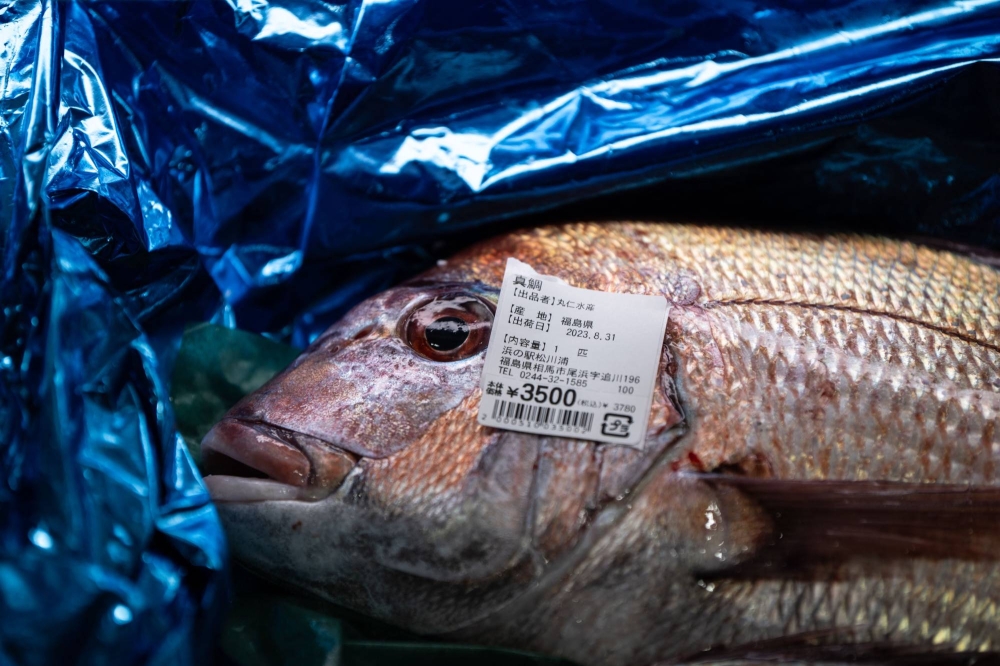No detectable amount of tritium has been found in fish samples taken from waters near the crippled Fukushima No. 1 nuclear plant, where the discharge of treated radioactive water into the sea began a month ago, the government said Monday.
Tritium was not detected in the latest sample of two olive flounders caught Sunday, the Fisheries Agency said on its website. The agency has provided almost daily updates since the start of the water release, in a bid to dispel harmful rumors both domestically and internationally about its environmental impact.
The results of the first collected samples were published Aug. 9, before the discharge of treated water from the complex commenced on Aug. 24. The water had been used to cool melted nuclear fuel at the plant but has undergone a treatment process that removes most radionuclides except tritium.



https://english.kyodonews.net/news/2023/08/8388ba8002bb-tritium-at-13-china-monitoring-points-above-fukushima-water-level.html
It’s a pressurized water plant like Fukishima was. Not quite 3x but still more than 2. Qinshan is a CANDU reactor, so that’s why its 10 times more than what they’re annually releasing from Fukishma. They release a lot of tritium because they use heavy water as a moderator. Any nuke plant that has a Lithium channel for producing tritium for nuclear weapons will also, of course, release a lot of it comparatively.
Thank you for the link.
Candu are designed to be messy, but the Canadians keep them clean(ish) somehow, never understood how, guess they just watched how much enrichment waste they burned, or they were just careful in reclaiming the tritium, it’s expensive after all.